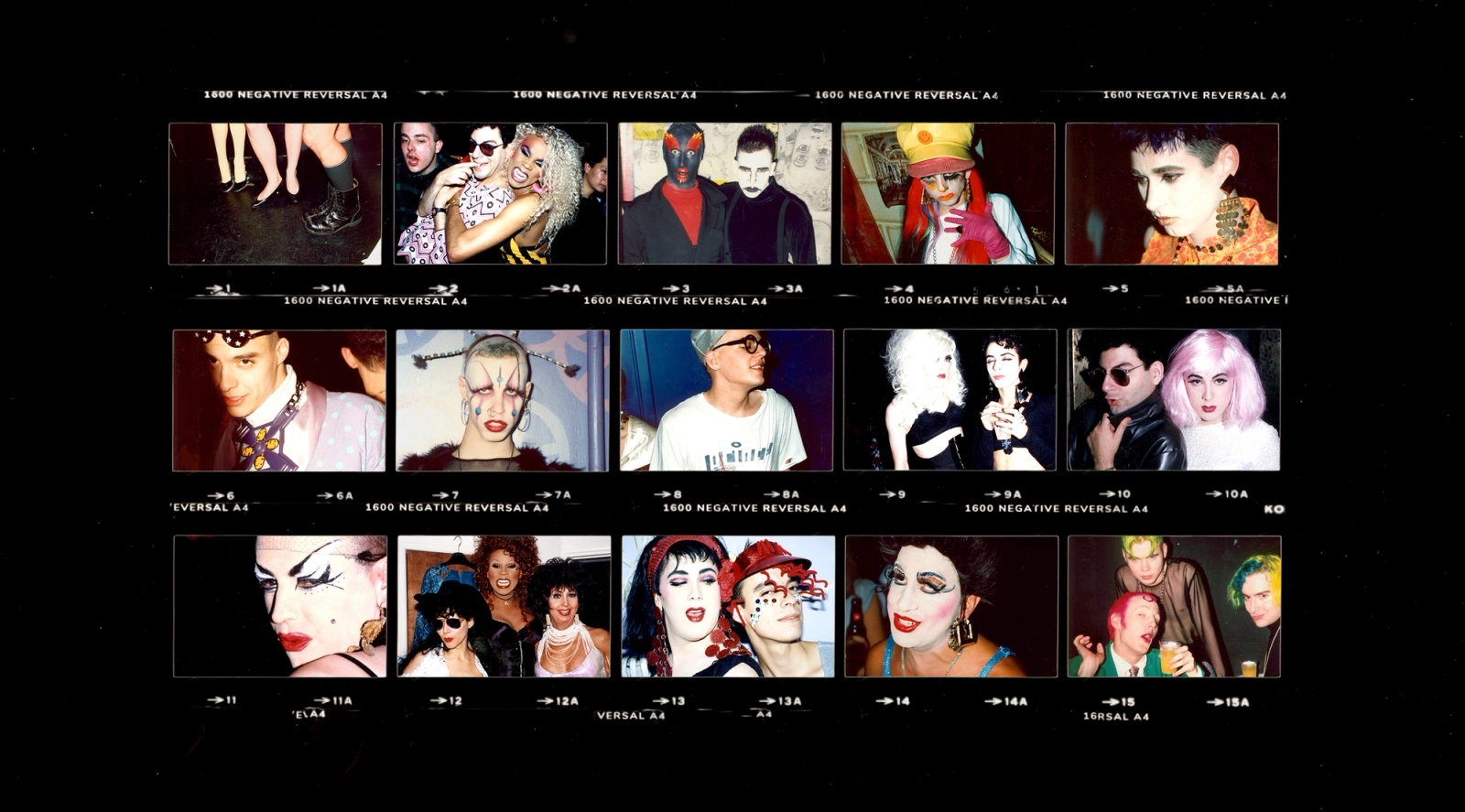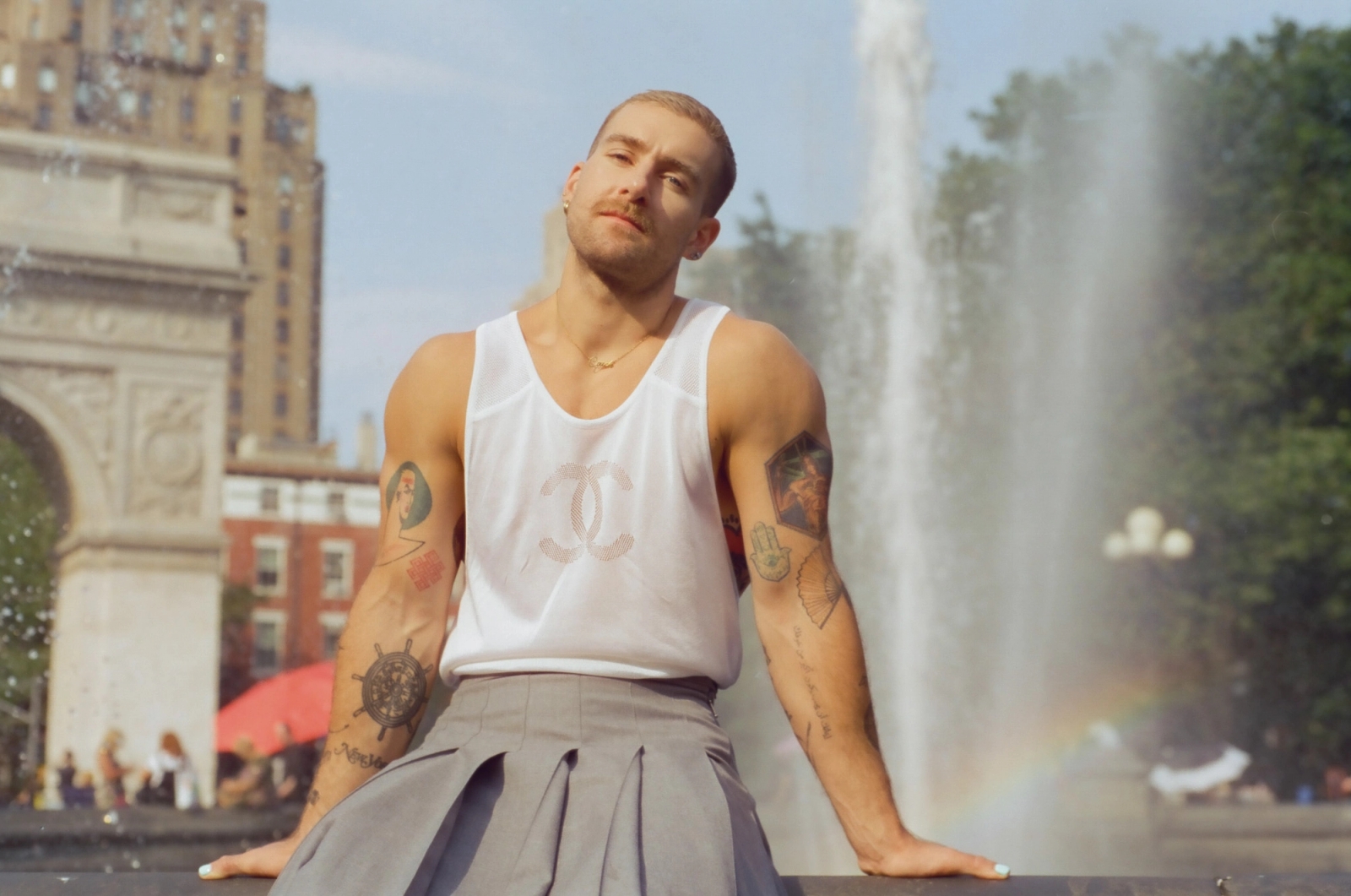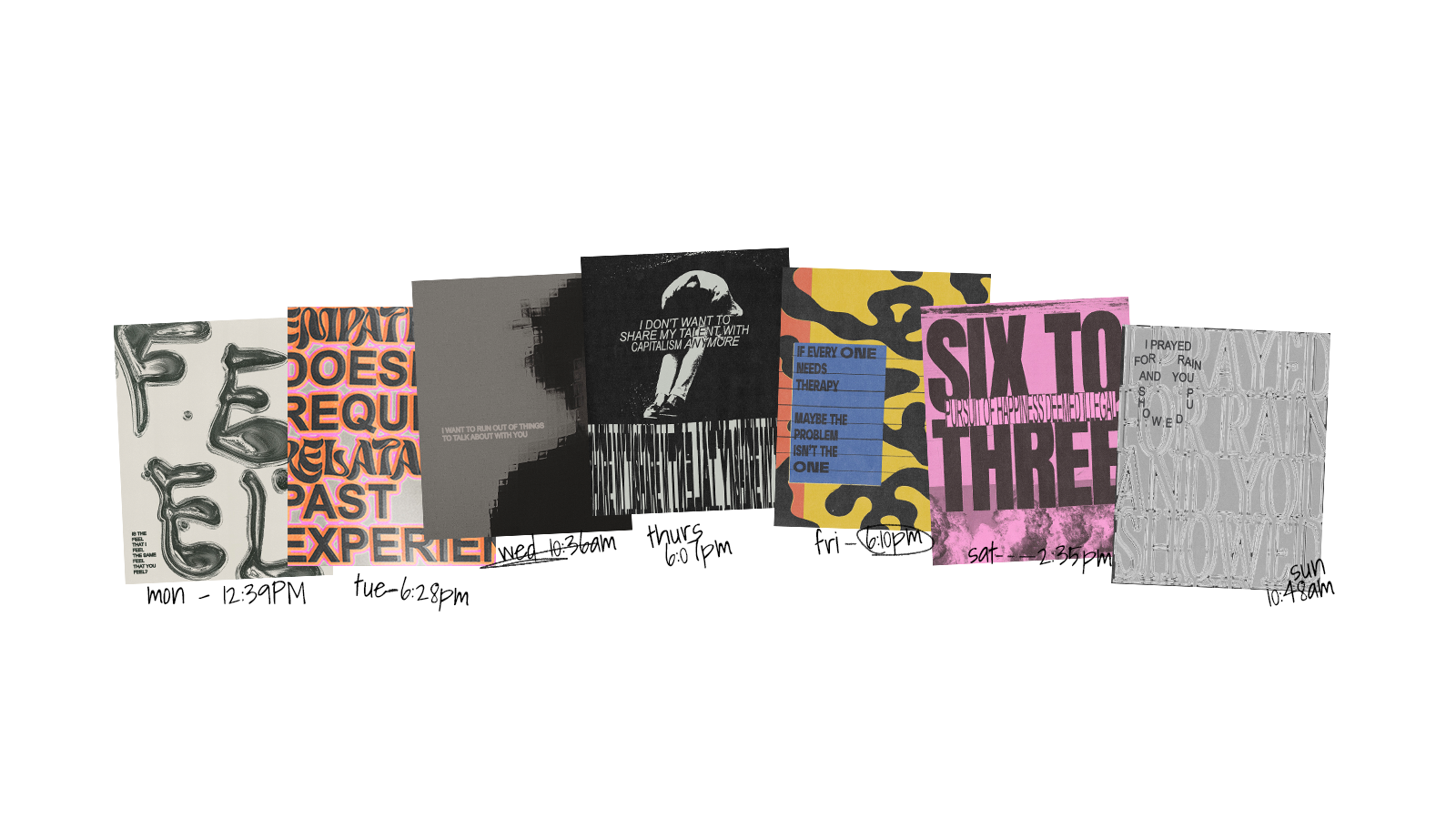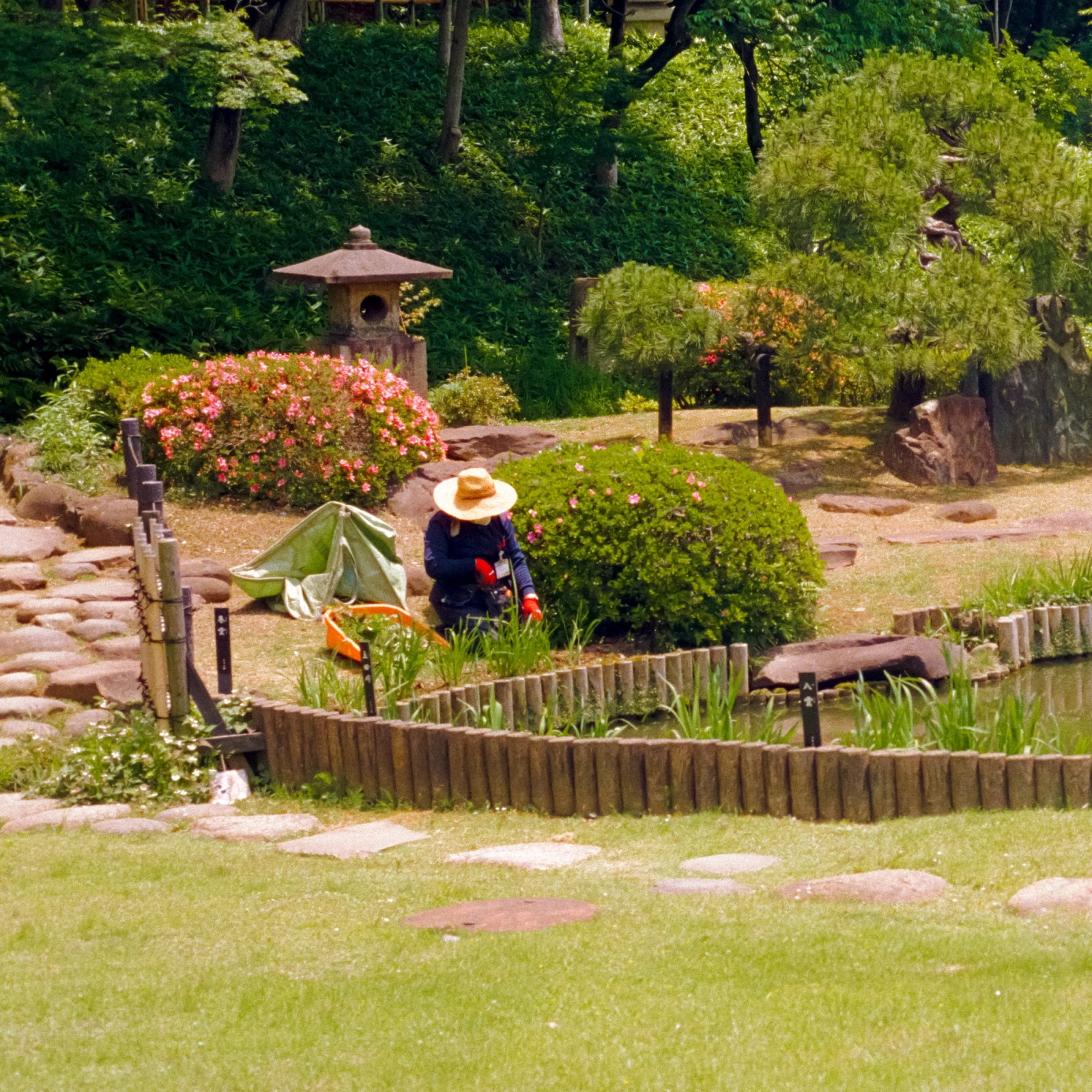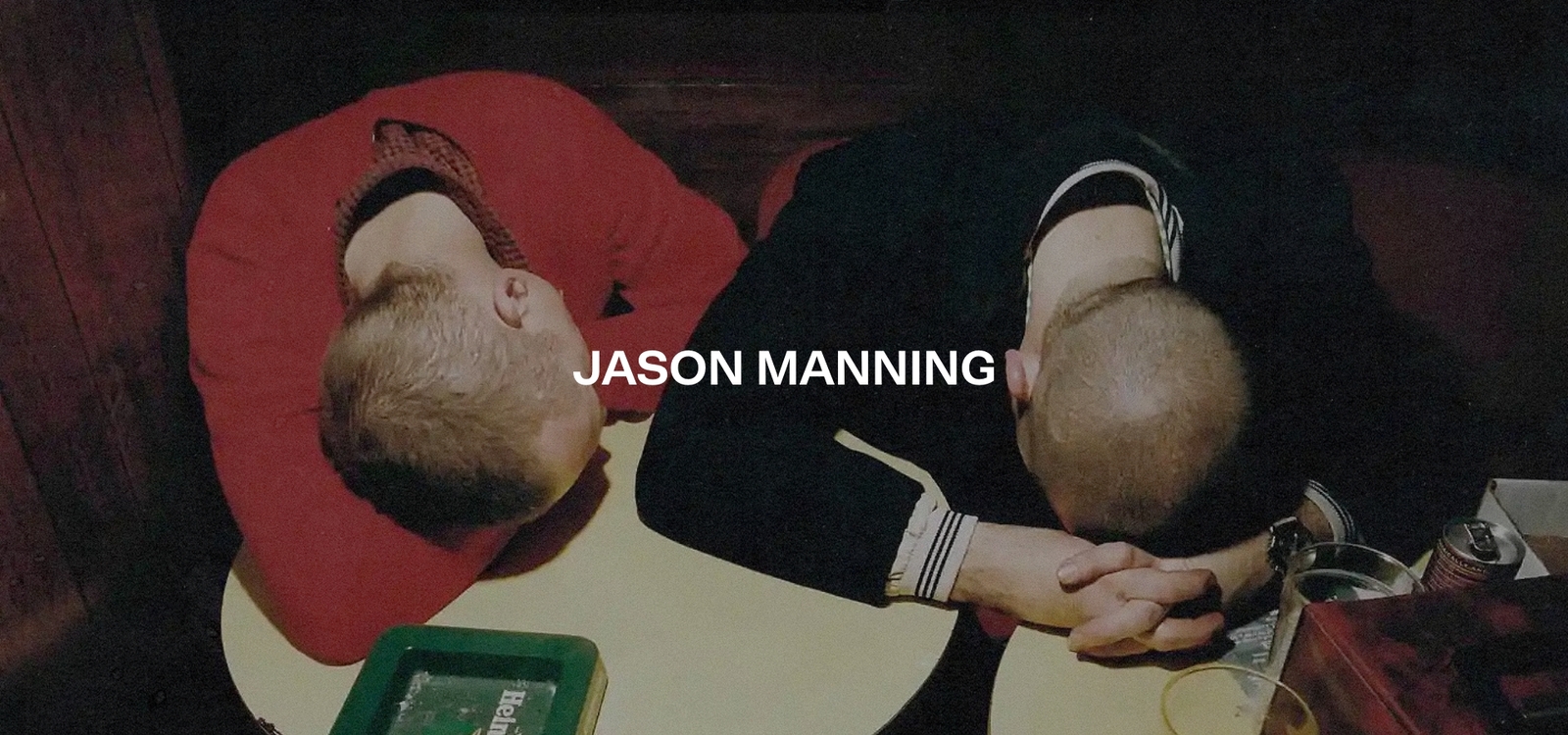
Jason Manning is a London-based photographer who captured the prime of nightlife in the pre-iPhone era of the 1990’s and 00s. His most notable work, ‘Sleaze Nation’, focuses on documenting youth culture in London between 1996 and 2003.
“Shooting nightlife allows you to observe people in certain states of abandon and release,” notes Manning. “Nightspots encourage revealing behaviours that we can all identify with, I think. There’s something quite primal and fundamental about needing to briefly escape the often banal rigours of daily working and domestic life and get lost for a few hours in a kind of celebratory catharsis. These kinds of nocturnal activities mean different things to different people, of course, but they certainly open up a rich and often explicit visual landscape.”
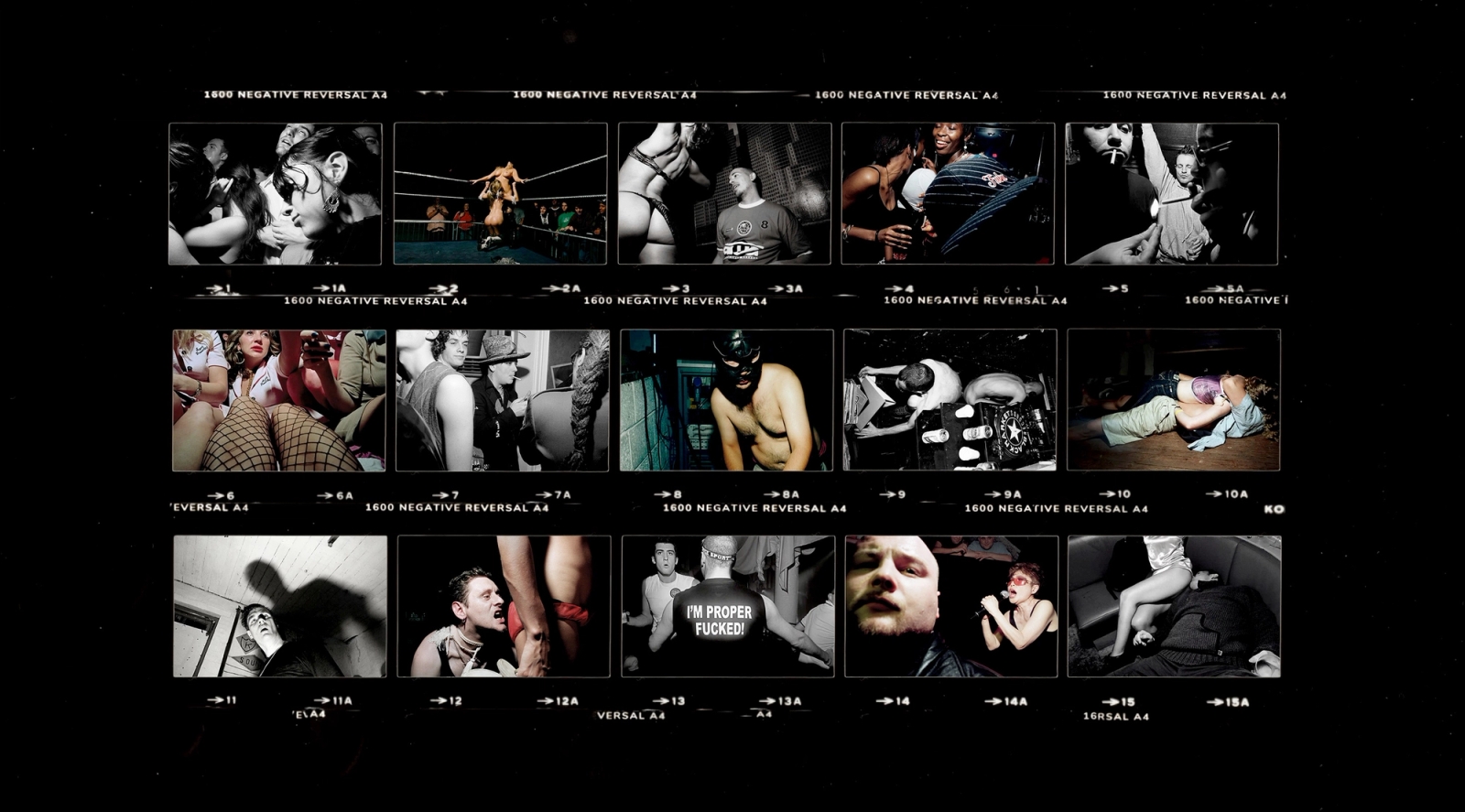

Molly Macindoe captures the late 90s and early 00s crossing continents to “capture the unity, diversity and freedom of European rave culture…from railway tunnels to forests, Macindoe’s work blended her lust for partying and her talent for photography, creating the perfect foundation for documenting the realities of underground subcultures. It was here that she was able to capture an evocative look at the hedonism and unity that derives from such scenes.”
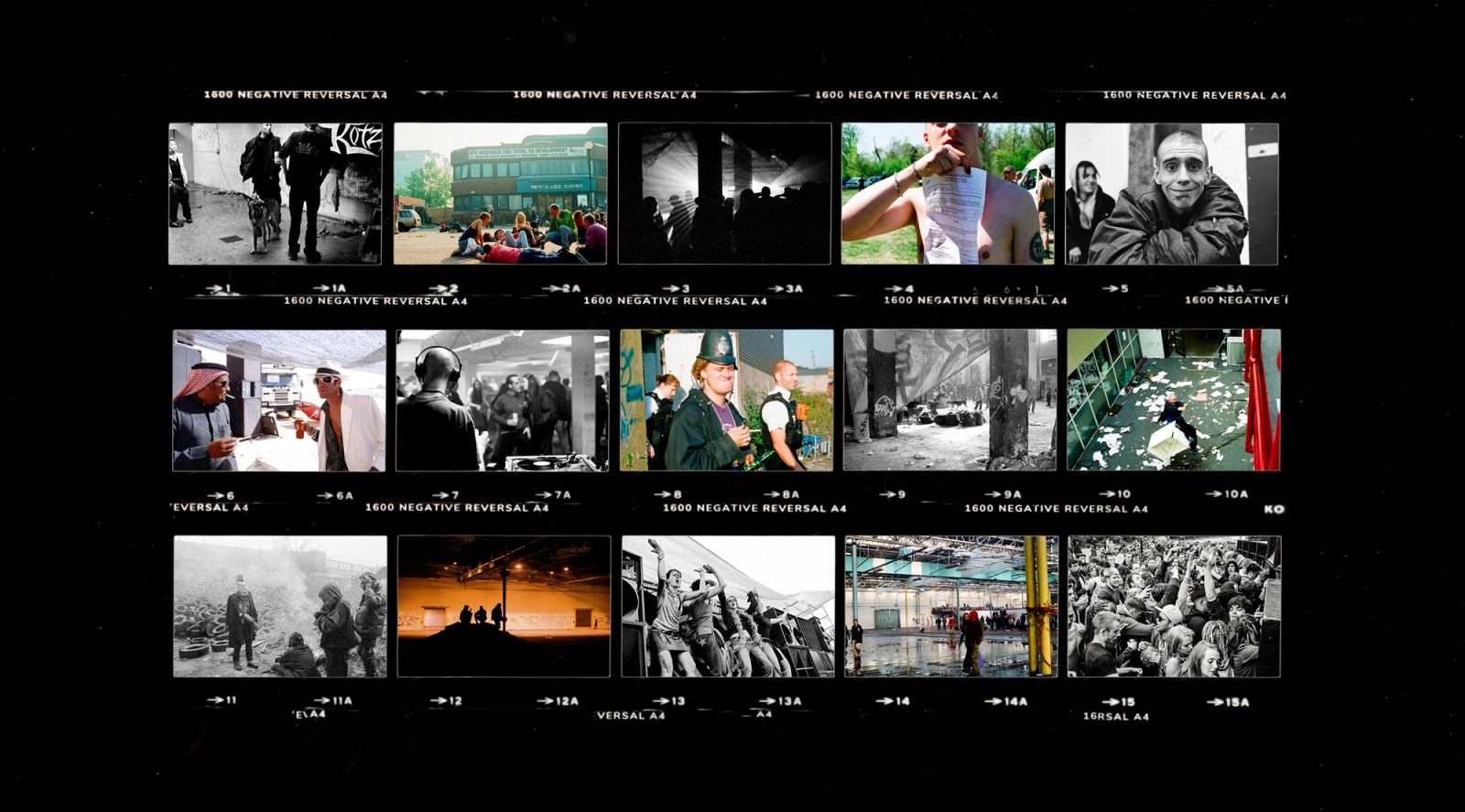

Alexis Di Biasio was a New York-based photographer who captured the nightclub scene of the late 1980’s and early 1990’s. His work mainly documented the extravagant period of nightlife, characterized by New York’s diverse range of queer and LGBTQ+ identities, right before the stock market crash of 1987. His renowned photo journal, ‘Fabulosity’, offered visibility and representation for queer individuals, documenting a crucial period in queer history and culture. ‘Fabulosity’ also unveils a collection of previously unseen photographs by Di Biasio, capturing Michael Alig, the renowned Club Kid Murderer.
